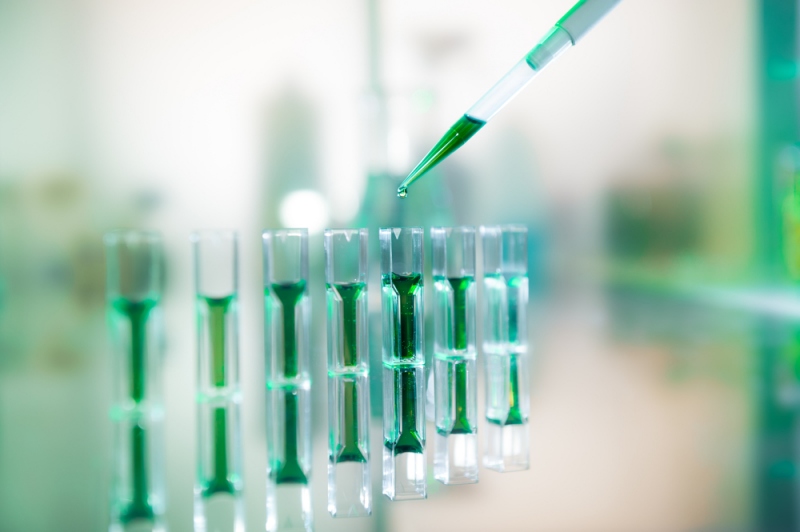Often, people are only aware that as a part of their diet they should keep proteins as high as possible, especially when working out a lot. However, proteins are in fact essential for normal body functioning and they participate in various processes.
Since proteins are involved in broad range of functions in living organisms, they are indispensable for the body to balance processes such as growth and degradation of cells. The protein structures vary as much as the functions and therefore a cell contains thousands of different proteins. Proteins are needed for structure, regulation and overall function of the body’s organs and tissues. Especially important proteins include enzymes responsible for all chemical reactions, antibodies that discover foreign cells (e.g. viruses), signalling molecules that coordinate processes (e.g. hormones) and structural components (e.g. actin) that make up the cells.
What proteins consists of
Proteins are molecules based on DNA and its genetic information passed from generation to generation. Proteins vary greatly in structure and function but share the common building blocks in form of amino acids. Humans degrade proteins from the diet into amino acids and in then use these to produce new proteins. However, 9 out of the standard 20 amino acids in humans cannot be produced in the body and must instead be provided trough the diet.
Amino acids are made into proteins by linkage in a string-of-beads manner into one or more long chains. The chains are then folded into a unique three-dimensional structure with various domains of different function. The amino acid sequence determines how the proteins folds and bends, due to the different chemical properties of the amino acids. Therefore, you can analyse a specific protein by investigating the amino acid content by well-established techniques.

A powerful technique to analyse the protein content
Though they are termed macromolecules, proteins are small of size and cannot be observed with the naked eye or a microscope. Luckily, various methods exist to determine the sequence of amino acids, the molecular weight of the protein, and related information. Mass spectrometry is particularly useful for this and intact protein mass analysis is a commonly utilized technique. Intact mass analysis can characterize the specific protein is used in medicinal research both during the development, production process, and in the final quality control before distribution of the medical product.
Leave a Reply